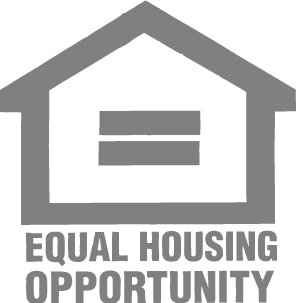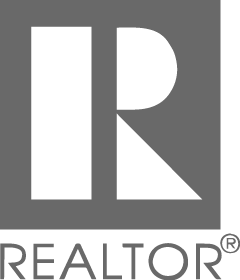The ultimate goal for investment properties is to have a constant stream of income and high occupancy rates, and to do that, you need to make sure your property is priced right. If your property is priced too high, potential renters will skip past it when searching online before they even look into it.
Here are a few pricing strategies to utilize when pricing your investment property.
Perform a Comparative Market Analysis
While the name might sound scary, a Comparative Market Analysis (CMA) is simply comparing your investment property to similar homes in the area. Find homes with the same number of bedrooms and bathrooms with similar square footage and see what they’re priced at to come up with a competitive price for your property.
In addition to bedrooms and bathrooms, look at your property’s upgrades, amenities, and location. These are all factors that can be considered when pricing your property. If your home has more to offer or a better location than the other homes, you can price it higher than other properties. At TALK Property Management, we provide this as a FREE service for you.
Consider the Market
The real estate market can largely affect pricing and what potential renters are willing to pay. If demand is high and supply is low, prices usually increase. If demand is low and supply is high, landlords are likely to lower rent prices. It’s also worth noting that potential renters could be more or less likely to purchase a home than rent based on what the market is doing. So, having a clear understanding of the market is huge when it comes to pricing.
Keep Seasonality In Mind
Typically, rental demands are higher in the summer and early fall as opposed to spring and winter, so you could price your property higher if it’s listed during a peak time of year. Keeping seasonal trends in mind when you price your property and market it online are huge to ensure you’re getting the most money.
Staying competitive with other investment properties is huge when it comes to the overall success of your property. If you have any questions about pricing your investment property or you would like TALK Property Management to do the heavy lifting for you, reach out to us! We want your real estate investment to be a success!


